Roberto Montenegro (1887 – 1968)
Do you think you may own a painting or illustration by Roberto Montenegro?
Get a Montenegro Certificate of Authenticity for your painting or a COA for your Boucher drawing or print.
For all your Montenegro artworks you need a Certificate of Authenticity in order to sell, to insure or to donate for a tax deduction.
How to get a Montenegro Certificate of Authenticity is easy. Just send us photos and dimensions and tell us what you know about the origin or history of your Montenegro painting, drawing or print.
If you want to sell your Montenegro painting, drawing or print use our selling services. We offer Montenegro selling help, selling advice, private treaty sales and full brokerage.
We have been authenticating Montenegro and issuing certificates of authenticity since 2002. We are recognized Montenegro experts and Montenegro certified appraisers. We issue COAs and appraisals for all Montenegro artworks.
Our Montenegro paintings, drawings and print authentications are accepted and respected worlwide.
Each COA is backed by in-depth research and analysis authentication reports.
The Montenegro certificates of authenticity we issue are based on solid, reliable and fully referenced art investigations, authentication research, analytical work and forensic studies.
We are available to examine your Montenegro painting, drawing or print anywhere in the world.
You will generally receive your certificates of authenticity and authentication report within two weeks. Some complicated cases with difficult to research Montenegro paintings or drawings take longer.
Our clients include Montenegro collectors, investors, tax authorities, insurance adjusters, appraisers, valuers, auctioneers, Federal agencies and many law firms.
We perform Roberto Montenegro art authentication., appraisal, certificates of authenticity (COA), analysis, research, scientific tests, full art authentications. We will help you sell your Roberto Montenegro or we will sell it for you.
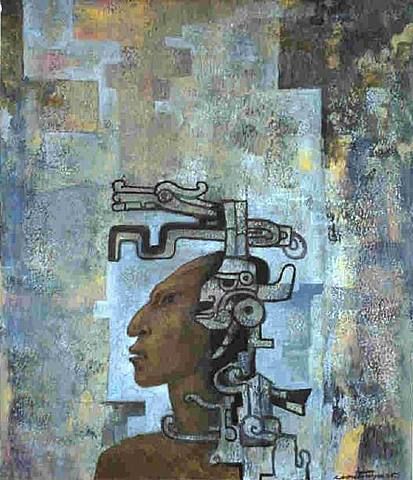
Montenegro began his studies in Guadalajara, Mexico under a Brazilian artist, Felix Bernardelli. Montenegro initially made illustrations for modernist art periodical, “Revista Moderna.”

Montenegro soon moved to Mexico City and studied at the Academia de San Carlos alongside notables Diego Rivera, Angel Zarraga and Francisco Goitia.
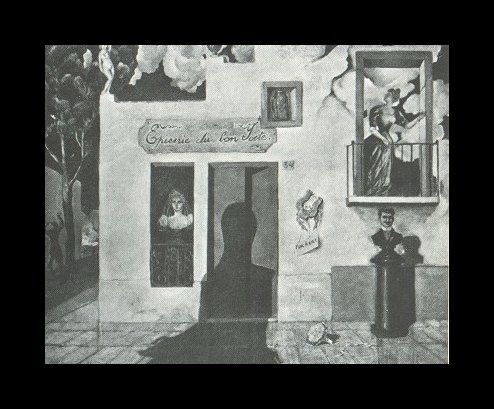
Montenegro was awarded a scholarship from the Mexican government to study at the Academia de San Fernando in Madrid. Montenegro continued his studies in Europe, moving to Paris in 1907. In Paris Montenegro met Picasso, Juan Gris, Braque and Jean Cocteau. It was perhaps during this early sojourn to Europe that Montenegro picked up his distinctly “European” style. While much of Montenegro’s work echoes Mexican traditions and styles, he also ventured out into Surrealism to create a style of his own that was much different from his contemporaries.
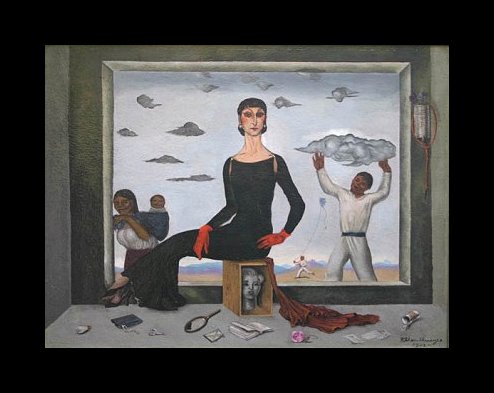
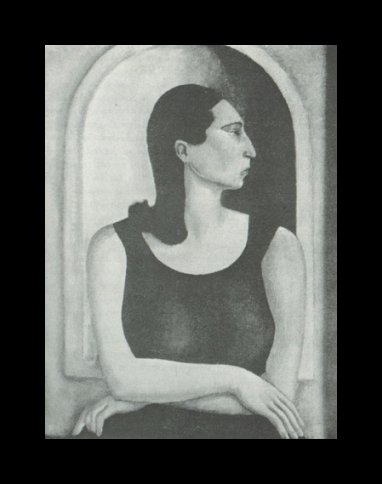
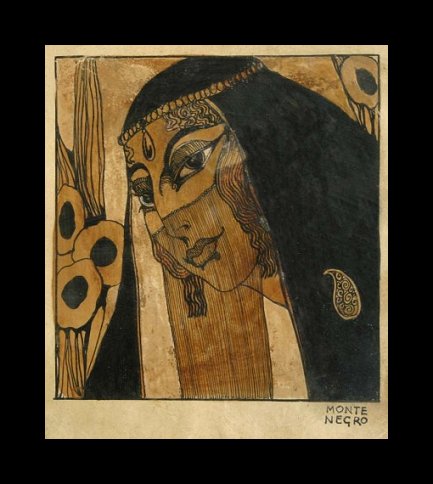
It has been said by some that Montenegro is one of the hardest Mexican artists to pinpoint in style as well as in technique. This is not surprising because Montenegro often bounced from one style to another and didn’t have any distinct techniques, which he incorporated in his compositions. Because of his extensive travels and often changing style, the possibility for an unknown Montenegro piece to surface is great.
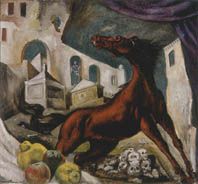
Rarely did Montenegro’s work pose a particularly social message, and if it did, it was certainly not as loud as that of other muralists of the time like Diego Rivera. However, because of Montenegro’s Surrealist nature, his work is full of symbolism, such as his 1949 piece Desesperacion, featuring a fleeing horse.
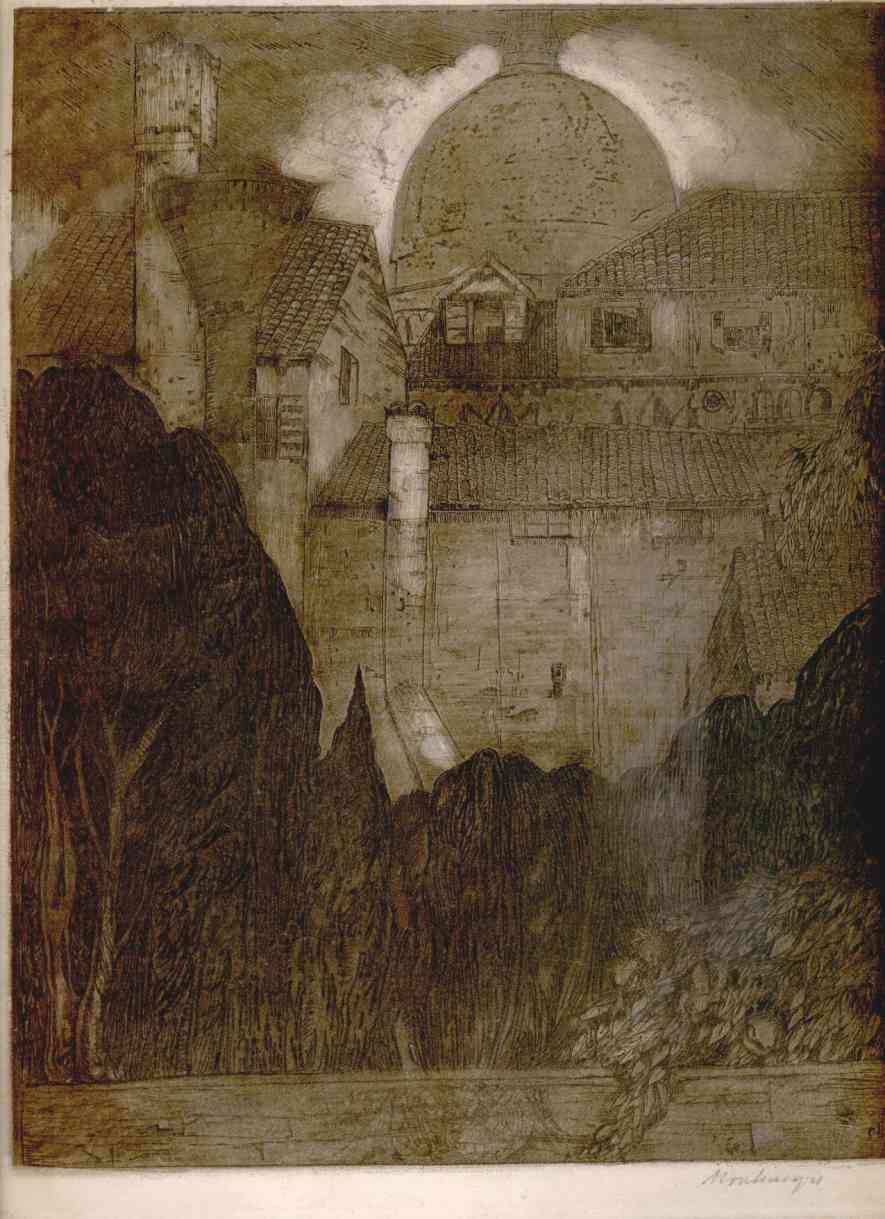
During World War I Montenegro left France and spent five years in Mallorca. After the war, Montenegro returned to Mexico to paint several frescoes in the convent of San Pedro and San Pablo. During this period Montenegro is most recognized for his mural entitled “Fiesta de la Santa Cruz.”
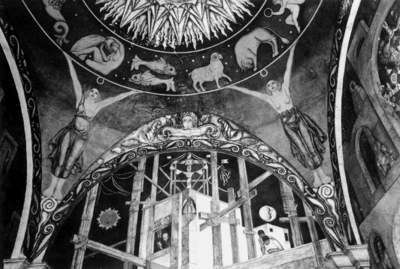
In addition to working as a fine artist, Montenegro organized the first popular arts festival, published “Pintura Mexicana del Periodo 1800-1860,” and was involved with choreography and stage designs.
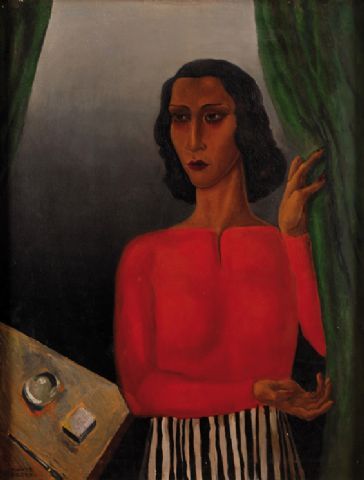
While Montenegro is well known for his murals, lithographs, oil paintings, stained glass and book illustrations, it is Montenegro’s portraits that brought him the most fame. Do you think you own a Montenegro illustration or painting? Contact us, we are the Montenegro experts.
